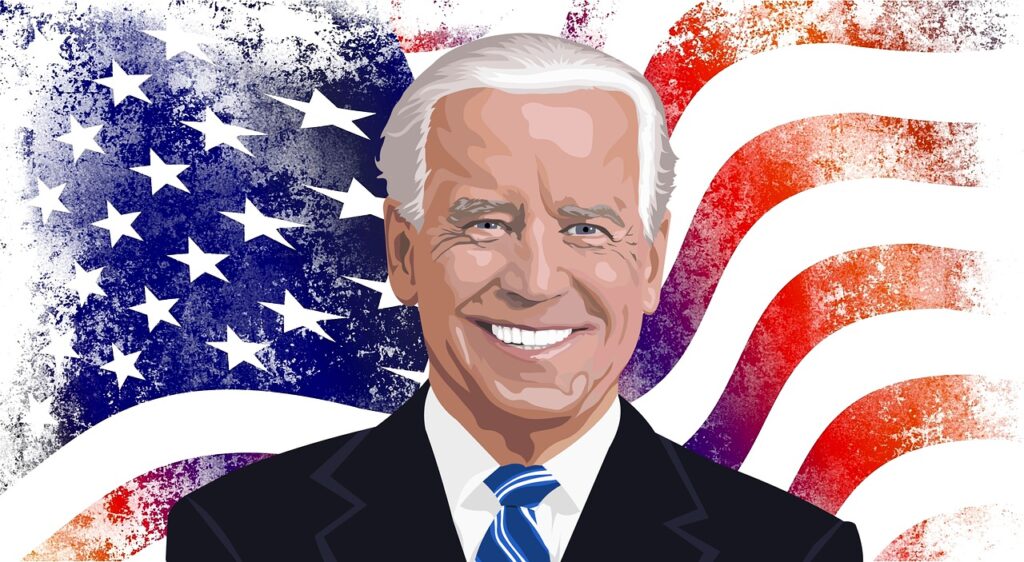In a bold move that could reshape the smartphone landscape, the US Department of Justice has taken aim at Apple’s messaging monopoly, filing an antitrust lawsuit that accuses the tech behemoth of stifling competition and degrading the user experience for non-iPhone users. This legal challenge, spearheaded by US Attorney General Merrick Garland, has thrust the seemingly innocuous green message bubbles into the spotlight as a symbol of Apple’s alleged anticompetitive practices.

Garland’s announcement of the lawsuit was particularly scathing regarding the green bubbles that iPhone users encounter when messaging Android users. He argued that Apple is ‘diminishing the functionality of its own messaging app’ to the detriment of its users, compromising quality, privacy, and security in the process. The green bubbles, he pointed out, signify a lack of encryption, poor video quality, and a stripped-down messaging functionality.
The lawsuit also references a rather telling exchange between Apple CEO Tim Cook and a reporter, where Cook’s solution to the cross-platform messaging woes was simply, ‘Buy your mom an iPhone.’ This flippant remark underscores the crux of the DOJ’s argument: Apple’s business strategy is designed to lock users into its ecosystem, making it difficult for them to communicate with those outside it.
Apple’s response to the lawsuit has been to highlight its planned support for the RCS messaging standard in 2024, a move that promises to improve the messaging experience between iPhone and non-iPhone users. However, Apple has been clear that it will not adopt RCS as it currently stands, citing privacy and security concerns, and is working to ensure that the version it implements will meet its stringent standards.
The implications of this lawsuit are far-reaching. If the DOJ’s challenge is successful, it could force Apple to open up its ‘walled garden’ and allow for greater interoperability with other devices and messaging services. This could lead to a more competitive market, with consumers benefiting from improved cross-platform communication and a wider array of smartphone features and services.
The DOJ’s focus on messaging in its antitrust suit against Apple is not just about green versus blue bubbles; it’s about the broader issue of market dominance and consumer choice. With the potential for significant changes on the horizon, the tech industry and consumers alike will be watching closely as this legal battle unfolds.
While we await the outcome of this landmark case, one thing is clear: the green message bubbles have become more than just a visual quirk—they now represent a pivotal moment in the ongoing conversation about competition, innovation, and consumer rights in the digital age.
Related posts:
Apple’s green message bubbles draw wrath of US attorney general
DOJ claims green bubbles are an issue in iPhone monopoly suit
Green bubbles, Apple Pay and other reasons why America says Apple is breaking the law





